What is MyPlate?
Enrique Ortiz, SNAP-Ed Nutrition Educator
The benefits of healthy eating add up over time on each bite. Small changes matter. Start simple with MyPlate. A healthy eating routine is
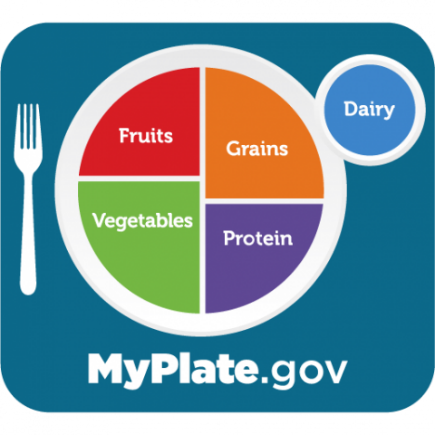
important at every stage of life. It can have positive effects that add up over time. It’s important to eat a variety of fruits, vegetables, grains, protein foods, and dairy. When deciding what to eat or drink, choose options that are full of nutrients.
Many people are familiar with the food pyramid, but in 2010 the United States Department of Agriculture updated the food patterns for the 2010 Dietary Guidelines for Americans and along came My Plate. My Plate is designed to give Americans a better visual on how to construct their plate for healthy eating. My Plate consists of five food groups: Fruits, Vegetables, Grains, Protein, and Dairy. I will go through each food group to review what is included in each food group and how much people should be consuming on a daily basis.
What foods are in the Fruit Group? 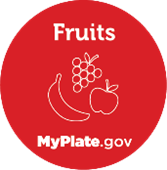
The Fruit Group includes all fruits and 100% fruit juice. Fruits may be fresh, frozen, canned, or dried/dehydrated. Fruits can be eaten whole, cut up, pureed (mashed), or cooked. At least half of the recommended amount of fruit eaten should come from whole fruit, rather than 100% fruit juice. It is recommended for adults to have at least 2 cups of fruit per day. An example of 1 cup of fruit is: 1 regular sized apple, orange, or pear.
What foods are in the Vegetable Group? 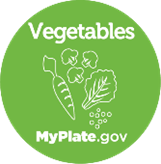
Any vegetable or 100% vegetable juice counts as part of the Vegetable Group. Vegetables may be raw or cooked and can be fresh, frozen, canned, or dried. They can be whole, cut up, or mashed. It is recommended for adults to eat at least 2-4 cups of vegetables per day. An example of 1 cup is 1 avocado, 1 bell pepper, or 2 medium carrots.
What foods are in the Grains Group? 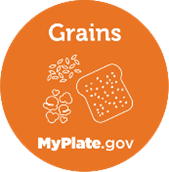
Foods made from wheat, rice, oats, cornmeal, barley, or another cereal grain is a grain product. Bread, pasta, breakfast cereals, rice, and tortillas are examples of grain products. Foods such as popcorn, crackers, and oatmeal are also included in the Grains Group. It is recommended for adults to have at least 6-8 ounces of grains per day. An example of 1 ounce of a grain is 1 slice of bread, 5 whole wheat crackers, or 1 cup of cereal.
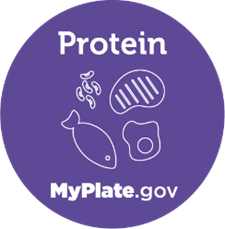
What foods are in the Protein Foods Group?
Protein Foods include all foods made from seafood; meat, poultry, and eggs If you are vegetarian or vegan, the advice to eat meat, poultry, and seafood does not apply to you. Vegetarian protein options include beans, peas, and lentils, nuts, seeds, and soy products. These options are also included in the vegetable’s food group! It is recommended for adults to eat at least 5-7 ounces of protein per day. An example of 1 ounce of a protein is 1 slice of deli meat or 1 whole egg. One chicken breast is approximately 6 ounces.
What foods are included in the Dairy Group?
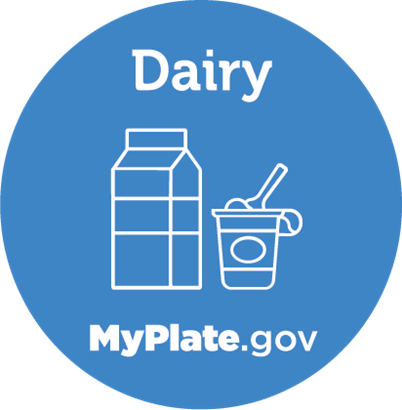
The Dairy Group includes milk, yogurt, cheese, lactose-free milk and fortified soy milk and yogurt. It is recommended for adults to consume at least 3 cups of dairy per day. An example of 1 cup of a diary is small piece is 1 slice of cheese, 1 cup of milk, or yogurt. The Dairy Group does not include foods made from milk that have little calcium and a high fat content. Examples of this are cream cheese, sour cream, heavy cream, and butter
